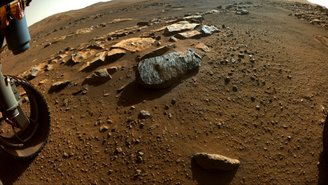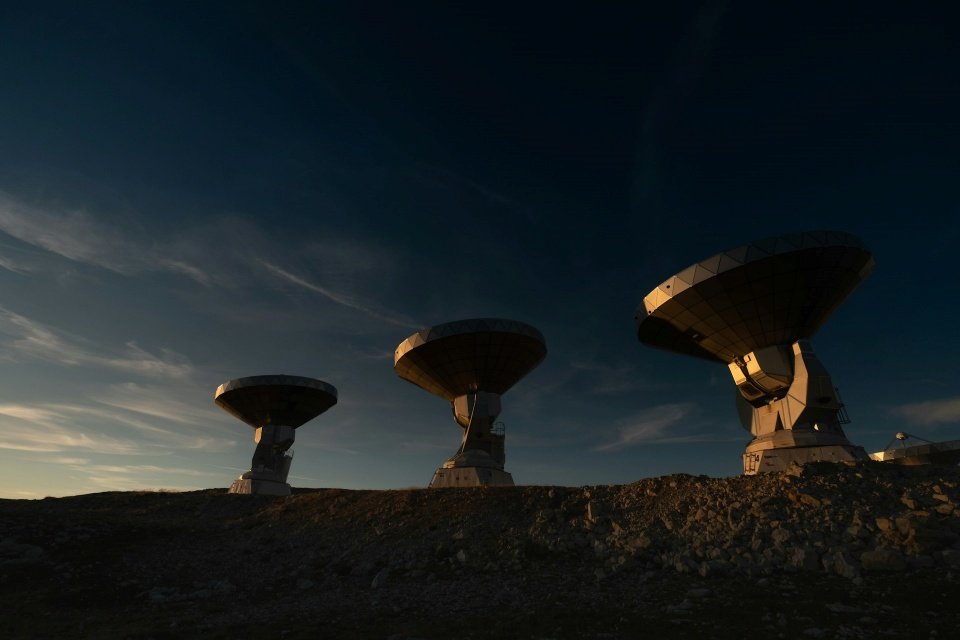AI’s advanced ability to process massive amounts of data can be useful for: assisting science in the search for life on other planets. One of the projects using the technology is the Search for Extraterrestrial Intelligence (SETI). BBC last week.
The organization developed artificial intelligence-supported software in partnership with the United States National Radio Astronomy Observatory, which studies planets, asteroids and stars through radio frequencies. The program will analyze the data captured by the system’s 28 giant antennas..
Together, the Very Large Array (VLA) observatory’s antennas produce 2 TB of data per second, which is processed by artificial intelligence when operational. Aim identifying new types of radio signals from unknown sourcesIn addition to the narrow bands currently being investigated.
According to SETI CEO Bill Diamond, The use of artificial intelligence is proving indispensable in the search for extraterrestrial life.
“We are probably looking for something that is extremely rare and would be very difficult to find and extract from the background phenomena that we observe at the same time,” he said.
Life is sought on Mars and other planets
Another initiative supported by SETI is Groundbreaking ListenAnalyzing data from telescopes to look for evidence of alien communication across more than 1 million stars and 100 galaxies. Recently, a member of the project developed an AI tool to optimize work.
And technological assistance has already yielded results; Identification of eight signals assumed to be sent by ETs that were not detected by human assessment.. However, researchers believe these are false positives because the observations have not yet been repeated.

Similar tools are also being used to analyze images of samples from the Jezero crater on Mars collected by NASA’s Perseverance rover. Scientists at the Carnegie Institution for Science in the USA discovered that: AI distinguishes ancient living material from non-biological processes with almost 90% accuracy.
they are calling Subtle patterns in molecular biosignatures that may be clues to past life on the Red Planet. In the future, it is possible to integrate artificial intelligence systems into space mission equipment and perform analyzes locally.
Source: Tec Mundo
I am a passionate and hardworking journalist with an eye for detail. I specialize in the field of news reporting, and have been writing for Gadget Onus, a renowned online news site, since 2019. As the author of their Hot News section, I’m proud to be at the forefront of today’s headlines and current affairs.













